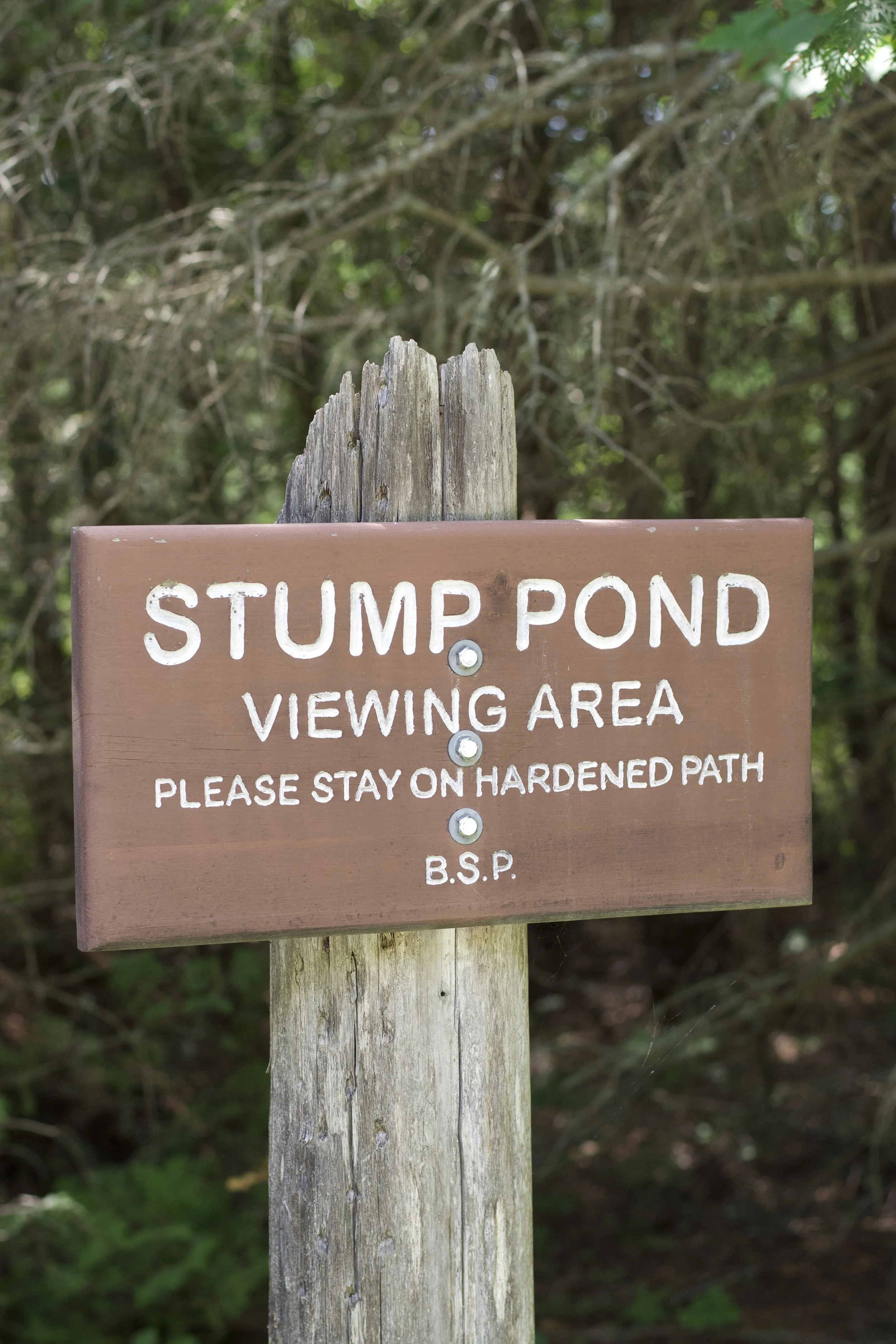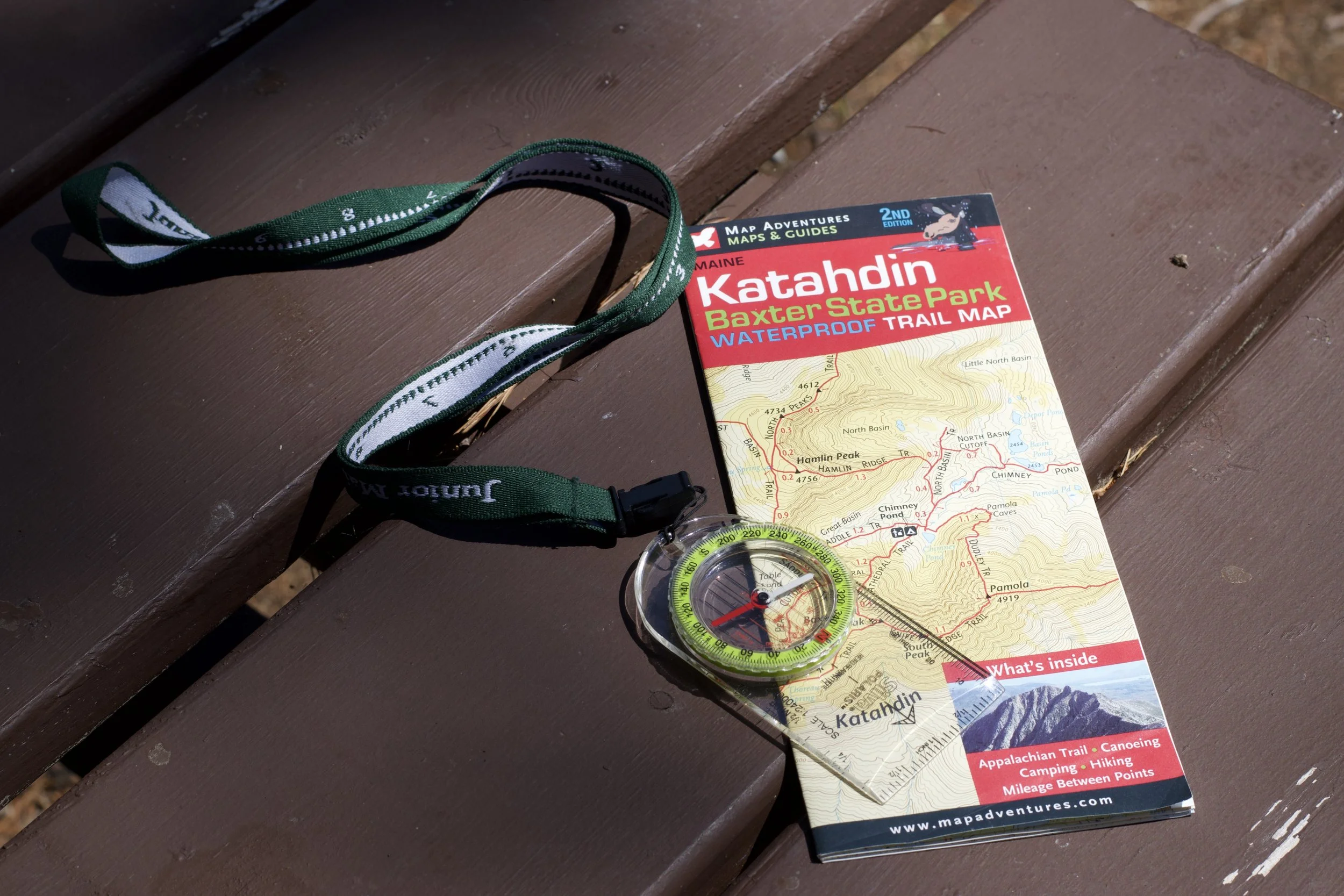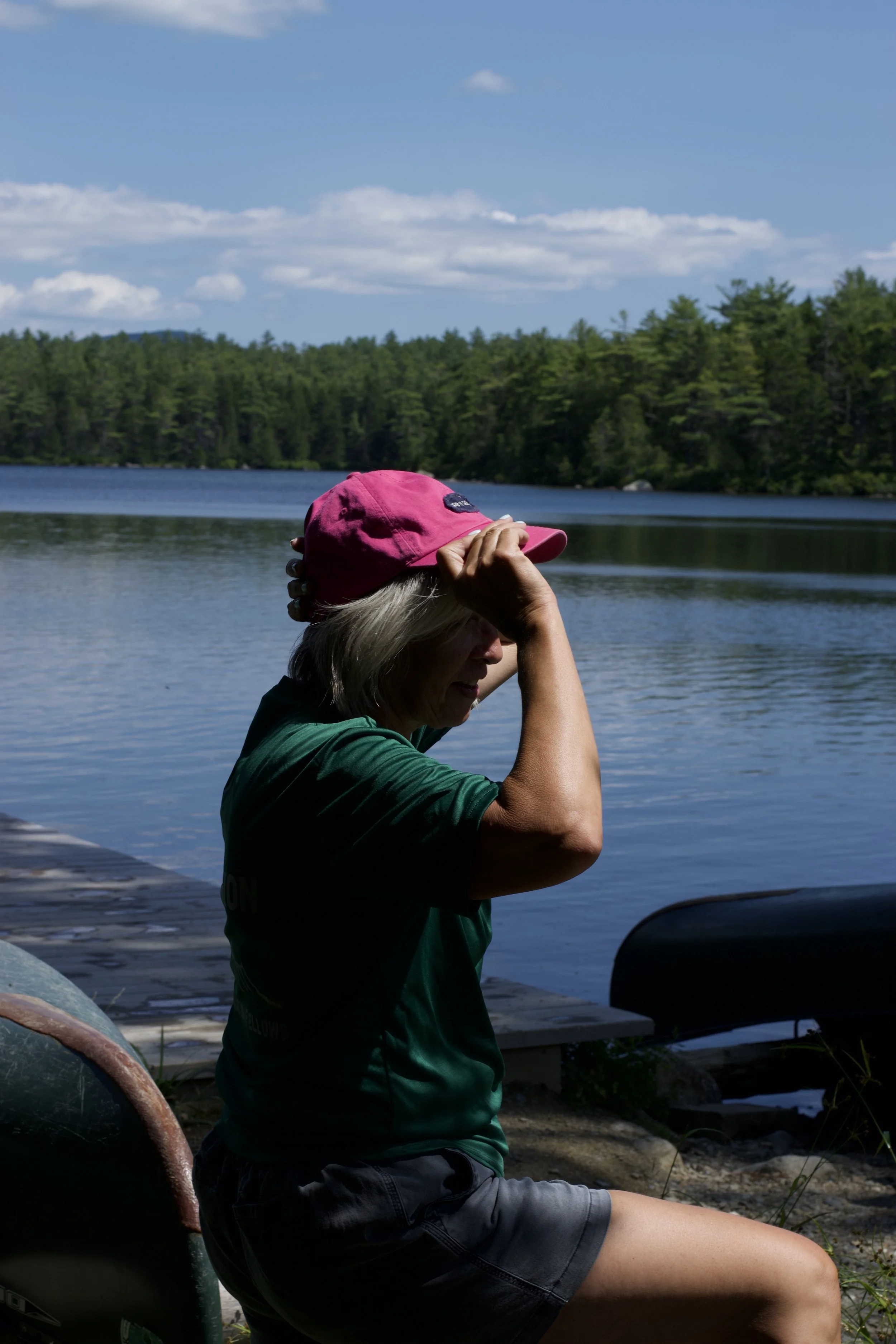Leave No Trace
by Payton Spearin
The Seven Principles of Leave No Trace are a code of ethics created to encourage minimum impact for any person visiting the outdoors. These principles are especially important in Baxter State Park for the land to remain “Forever Wild.”Each of these seven principles covers a specific topic and how to minimize your impact on the environment within the topic. Although LNT was created to be used in backcountry settings, the principles have since changed and adapted to be used in any situation whether it be in the backcountry, the local park, and even your own backyard.
Grassy Pond
The 7 Principles
Plan Ahead and Prepare
Appropriate trip planning and preparation are key to a safe and enjoyable trip for everyone involved all the while minimizing the impact on the land. Without proper planning and preparation, most groups are found to have miserable experiences while causing harm to natural and cultural resources. Consider knowing the regulations of BSP, prepare for the weather, hazards, and possible emergencies, visit in small groups (park group limit is 12,) and repackage food to minimize waste.
Camp and Travel on Durable Surfaces
The purpose of camping and traveling on durable surfaces is to visit a natural area while avoiding damage to the environment. Ideal durable surfaces include established trails and campsites, rock, gravel, dry grasses or snow. Tips to consider; focus on using existing campsites and trails, camp at least 200 feet from any water source, walk single file in the middle of the trail even when it is muddy or wet.
Dispose of Waste Properly
This principle applies to everything, from human waste, to litter, to where you dump your rinse water. Outdoor enthusiasts should consider the impact of the items they leave behind that might affect people, wildlife, and water. The key to this principle is “Carry In, Carry Out.” Always leave the place looking better than you found it. To wash yourself or your dishes, carry water 200 feet away from streams or lakes and use small amounts of biodegradable soap and be sure to scatter strained dishwater. Dispose of solid human waste in a cathole 6-8 inches deep and at least 200 feet from any water source or trail. Cover and disguise when finished.
Leave What you Find
Leave what you find seems pretty self explanatory right? What you may not know is that removing even the smallest pebble can affect an area. Can you imagine if every person who visited BSP took a rock home with them? Look but do not touch any cultural or historic artifacts or structures, leave all rocks, plants, and any other natural object you come across, avoid introducing non-native species, and do not build structures or dig trenches.
Minimize Campfire Impact
Having a fire is a classic camping ritual for most, but can certainly be the most destructive if the proper precautions are not taken. Be sure to use already established fire rings, keep fires small and always have a water bucket nearby, burn all wood to coals and ash, and DO NOT bring firewood from home because of the possibility of introducing new pests and diseases into BSP. There are always alternatives to a fire which include using small camp stoves for cooking and lanterns for light.
Respect Wildlife
It is always best to observe wildlife through quiet observation. Travel quietly and do not approach, feed, or force wildlife to flee. Protect yourselves and wildlife by storing all food on a bear line while camping. An easy to remember tip is, if you hold your thumb up and look with one eye, and your thumb does not cover the whole animal then you are too close.
Be Considerate of Others
Last but not least, be considerate of other visitors. Most people go into nature to be surrounded by its stillness and tranquility. Always “treat others as you would want to be treated.” Yield to others on the trails, take breaks away from camps and other visitors, use quiet voices and respect quiet hours within the campgrounds.








